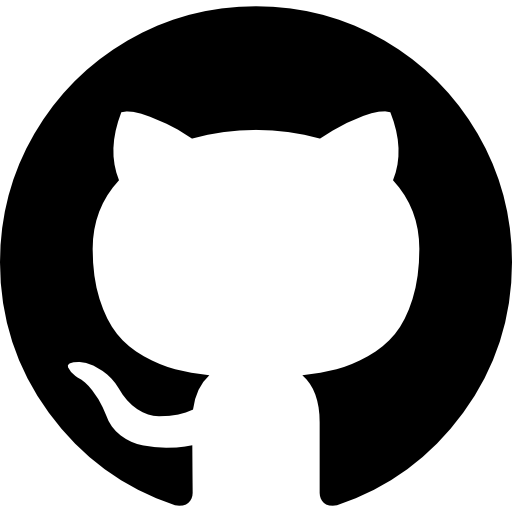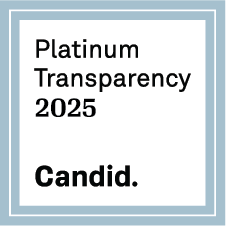Improving Access to Health Facilities in Dar es Salaam
Posted by Amelia Hunt • March 21, 2018

Written by Hawa Adinani and Amelia Hunt - HOT Tanzania team
In Dar es Salaam, the HOT Tanzania team have been mapping healthcare data in Temeke District in collaboration with Data Zetu. Local residents have been asked specific questions about maternal health, infant health and senior health care services such as access and travel time to health facilities. Using the community-driven data collection model, community members have conducted over 22,882 health care surveys so far. The digitised maps of healthcare access issues will help shape the development of facilities in Dar es Salaam.
The interactive community maps link the geography of the community with the availability and accessibility of health services. Producing maps for maternal and child health care will have a major role on health planning i.e. aiding decision makers to identify areas to allocate additional health resources. The HOT team has also mapped the infrastructure (roads) of the four wards in Temeke district. This will enable planners at various levels to prioritise areas with low access to health facilities and work to improve transport links or city infrastructure.
So far, 329 community members have contributed to the mapping process. Local Subward leaders, Wajumbe, work closely with the community mapping team to conduct the surveys in order to build trust with inhabitants and guarantee more accurate information is provided. Particularly when discussing access to maternal, sexual reproductive and infant health centres, the presence of a Mjumbe (plural Wajumbe) can be vital in gaining the trust of inhabitants and guaranteeing their consent to share information.
What data do we collect?
Surveys are conducted using the free android application OpenDataKit (ODK). The survey is conducted in Swahili to avoid language barriers and consent is gained at the start of the survey. Some example questions are:
-
Do the residents in this house sometimes go for sexual reproductive health services?
-
Do elders and children in this house have access to free health services?
-
How long does it take you to travel to your nearest maternal health care centre?
-
Which type of facility do women in this building use for Maternity care?

Screenshot of OpenDataKit survey asking about the type of health facility that women normally use. Translated from Swahili, the response options read;Pharmacy,Dispensary, Health center, District Hospital, Regional Hospital, National Hospital, Private Hospital, Traditional Medicine, Other.

A community member collecting information on maternal and Child health in Moringe Subward -Mbagala ward; PHOTO CREDIT- HOT
The field data collection team also collect data on the length of time taken for inhabitants to access health clinics and the mode of transport used. Visualizing health data on a map shows clearly where health problems are located so that immediate measures can be put in place. This could be used to prevent disease spread, provide patients with data on the healthcare facilities available to them, or help responders locate nearby healthcare centres needed to treat patients during an emergency e.g. flooding. Data collected on access to sexual reproductive healthcare may also suggest levels of awareness about diseases such as HIV/AIDS. Understanding the length of time and mode of transport needed by vulnerable people - mothers, children and the elderly - will help government officials to allocate resources, develop health standards and improve access to health facilities in specific Subwards.
What does the data show?

A map showing the time taken to access maternal health care
The map above shows the time taken to access maternity care. Dramatic travel times to maternity care can be noted in the West of Temeke, particularly along the river. Visualising health data in this way pinpoints problem areas and potential solutions. Speaking with the mapping team, they have suggested that mobile clinics or community outreach in these areas would be useful. Maps like these can help government bodies better understand maternal health needs based on current access to facilities.

A map showing the challenges of Maternity facilities
The maps above clearly highlight the challenges facing women in Temeke District. Medicine shortage can be seen to be wide spread, with lack of staff also appear to be a fairly common problem. The cost of maternal healthcare can be seen as a barrier to many women in certain areas. Often in areas where cost is not an obstacle, medicine shortage is. These maps highlight a need to investigate how the Ministry of Health is managing the allocation of medicine in particular areas and where health resources can be redistributed. The data collected for maternity centre opening hours is positive. Only Makangarawe sub ward appears to require more investigation and potential listening campaign in relation to opening hours.
How are local leaders involved in using this data?
‘’Having this information collected by ‘’my own people’’ will give me the confidence to speak about the problems that people face in my Subward when attending Ward Development Committee (WARDC) meetings, where we, Ward and Subward Leaders, get an opportunity to discuss the needs of our respective communities with the Ward Chancellor. Through this, our problems will be presented to Parliament’’ - John Frey Masese, Vice Chairperson Moringe Subward in Mbagala Ward.
Speaking with the Vice Chairperson of Moringe subward, he commented that, “the data collected will be of great use because when the community ask for help or for a service to be improved, they will have concrete and accurate information to support their argument”. This will be an improvement on using the current statistics in the office (health care data) which does not reflect reality and uses a top down approach.
So far, 24 subwards have been mapped across three wards - Makangarawe, Tandika, and Mbagala. The team is currently mapping Mbagala kuu. In total, 22,882 household health care surveys have been conducted, data for 31,207 buildings have been collected, of which 28,537 buildings have already been uploaded to OpenStreetMap. After completing the mapping process, all of the data will be analysed and brought back to the community so that they can be used for development purposes. The team are looking forward to the impact these maps can make in improving health care facilities across Dar es Salaam.







